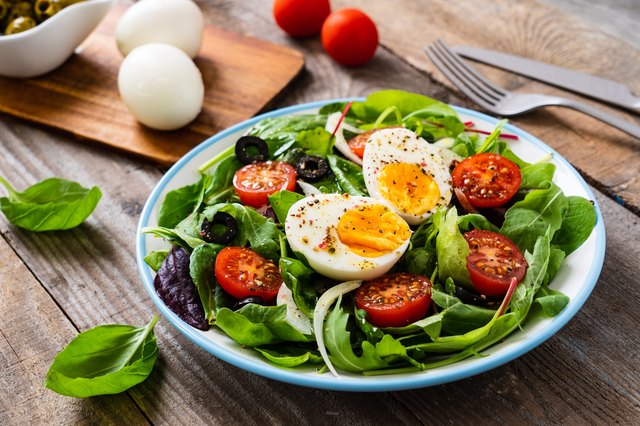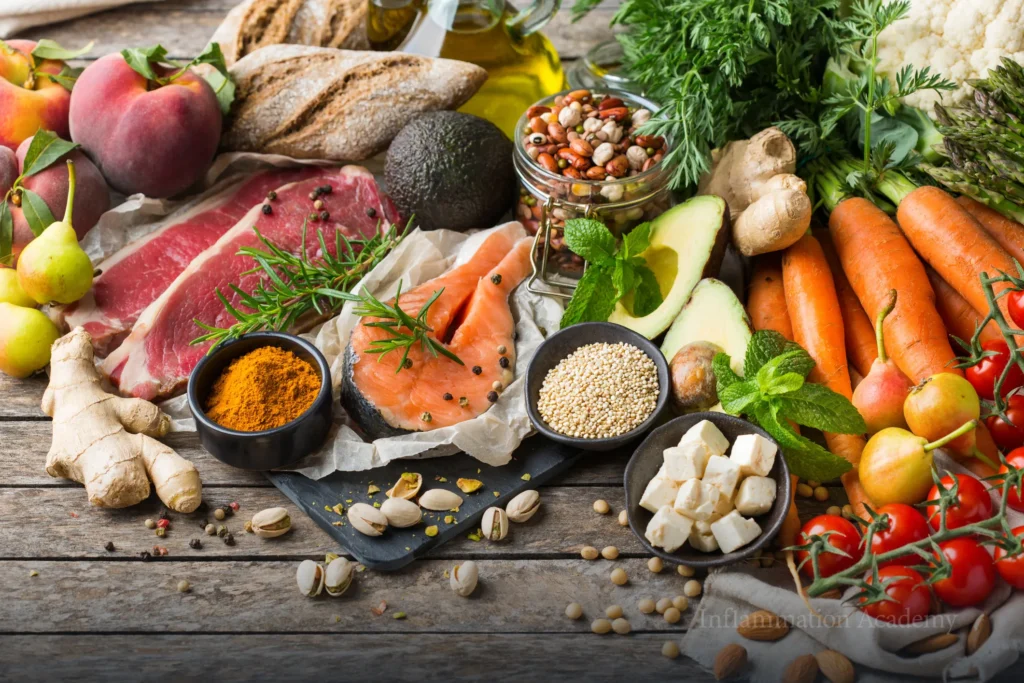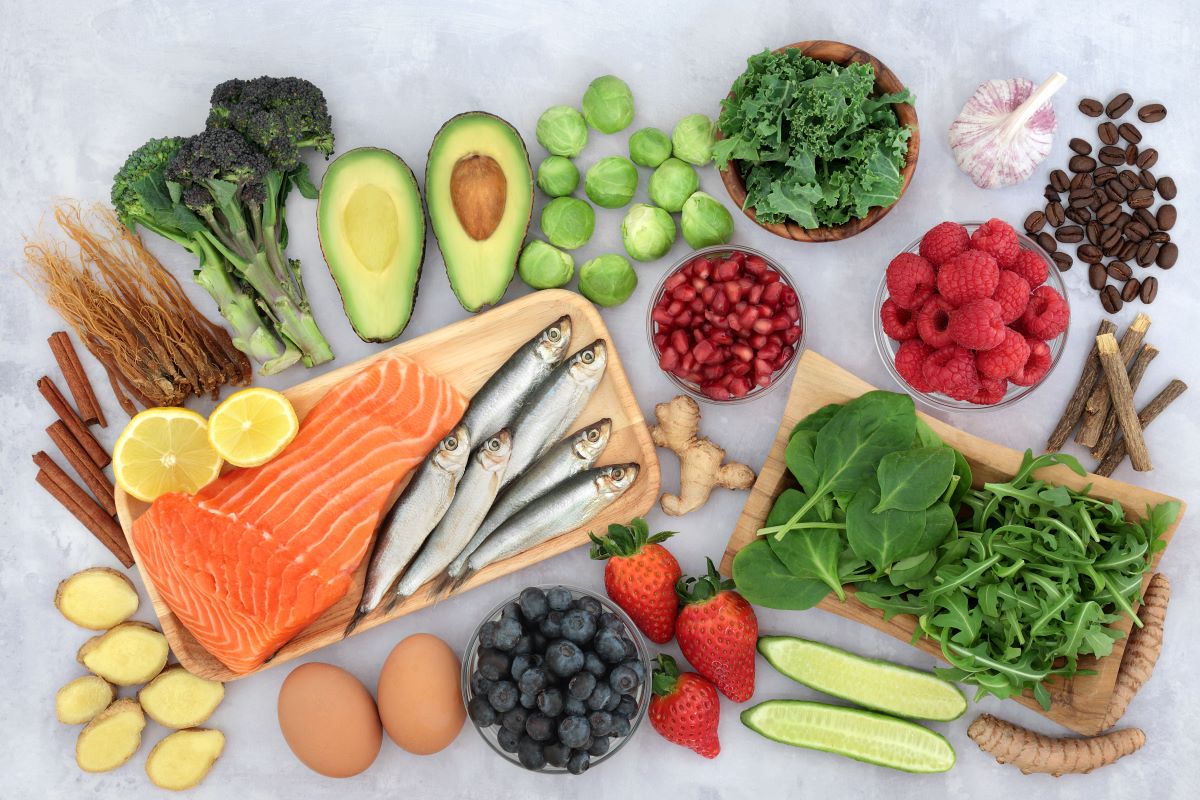
Blood Type A Positive Diet Food List Pdf – A Doctor’s Guide!
March 9, 2025
Gi Soft Diet Food List – A Specialist’s Guide to Easy Digestion!
March 10, 2025Inflammation is the body’s natural response to injury and infection, but chronic inflammation can lead to serious health problems like arthritis, heart disease, diabetes, and even cancer. Over the years, I have seen firsthand how diet plays a critical role in managing inflammation. By carefully choosing the right foods, you can reduce inflammation and improve overall health.
This article provides an in-depth look at the anti-inflammatory diet, including a comprehensive food list, practical tips, and my personal experiences with its benefits. If you’re looking for a detailed Anti-Inflammatory Diet Food List PDF, you’ll find one at the end of this guide.
Understanding Inflammation and Diet’s Role

Inflammation can be categorized into two types:
- Acute Inflammation: A short-term response to injury or infection, which helps in healing.
- Chronic Inflammation: A long-term condition that can contribute to various diseases like rheumatoid arthritis, cardiovascular disease, and even Alzheimer’s.
Your diet can either reduce or worsen inflammation. Processed foods, excess sugar, and unhealthy fats can trigger inflammatory responses, while nutrient-dense, natural foods help combat inflammation and promote healing.
My Experience with the Anti-Inflammatory Diet
As a health specialist, I have experimented with various diets, and the anti-inflammatory diet has shown remarkable results. I noticed significant improvements in digestion, joint health, and energy levels. Patients who have followed this diet have reported reduced symptoms of chronic illnesses, better skin health, and improved mental clarity.
Now, let’s dive into the anti-inflammatory food list that you can integrate into your daily routine.
Anti-Inflammatory Diet Food List (Downloadable PDF Available)
1. Fruits – Rich in Antioxidants & Vitamins
Fruits contain powerful antioxidants that help combat inflammation and oxidative stress.
- Berries (Blueberries, Strawberries, Raspberries) – High in anthocyanins that reduce inflammation
- Oranges & Lemons – Packed with vitamin C to boost immunity
- Apples – Rich in fiber and polyphenols
- Grapes – Contains resveratrol, which has anti-inflammatory properties
- Pineapple – Contains bromelain, which reduces inflammation and supports digestion
2. Vegetables – Fiber-Rich & Anti-Inflammatory Powerhouses
Vegetables are packed with essential nutrients that aid in reducing inflammation.
- Leafy Greens (Spinach, Kale, Swiss Chard) – Loaded with vitamins and minerals
- Broccoli & Cauliflower – Sulforaphane compounds that fight inflammation
- Carrots & Sweet Potatoes – High in beta-carotene, a natural anti-inflammatory agent
- Bell Peppers – High in antioxidants and vitamin C
- Beets – Contain betalains, which reduce inflammation
3. Healthy Fats – Reduce Chronic Inflammation
- Olive Oil (Extra Virgin) – Contains polyphenols and omega-3s
- Avocados – Rich in monounsaturated fats and antioxidants
- Nuts & Seeds (Walnuts, Flaxseeds, Chia Seeds) – Packed with omega-3 fatty acids
- Coconut Oil – Contains medium-chain triglycerides (MCTs) that reduce inflammation
4. Lean Proteins – Essential for Muscle Recovery
- Fatty Fish (Salmon, Sardines, Mackerel) – High in omega-3s that reduce inflammation
- Chicken & Turkey (Organic & Free-Range) – Lean protein source without inflammatory additives
- Legumes & Beans (Lentils, Chickpeas, Black Beans) – Rich in fiber and protein
5. Whole Grains – Support Digestion & Reduce Inflammation
- Quinoa – A complete protein and gluten-free
- Brown Rice – Full of fiber and essential minerals
- Oats – Helps reduce C-reactive protein (CRP), an inflammatory marker
- Barley – Contains beta-glucans, which reduce inflammation
6. Herbs & Spices – Nature’s Anti-Inflammatory Agents
- Turmeric (Curcumin) – One of the most powerful anti-inflammatory spices
- Ginger – A natural remedy for reducing inflammation and pain
- Garlic – Contains sulfur compounds that boost the immune system
- Cinnamon – Helps regulate blood sugar and reduce inflammation
- Rosemary – Contains polyphenols that combat inflammation
7. Beverages – Hydration & Anti-Inflammatory Benefits
- Green Tea – Rich in antioxidants that fight inflammation
- Herbal Teas (Chamomile, Peppermint, Ginger Tea) – Helps soothe the body
- Water with Lemon – Keeps the body hydrated and flushes toxins
Foods to Avoid (Inflammation Triggers)
To maximize the benefits of an anti-inflammatory diet, it’s essential to eliminate foods that cause inflammation.
- Processed Foods (Chips, Fast Food, Frozen Dinners)
- Refined Carbohydrates (White Bread, Pasta, Pastries)
- Sugary Beverages (Soda, Energy Drinks, Sweetened Juices)
- Red Meat & Processed Meats (Sausages, Bacon, Hot Dogs)
- Alcohol & Excessive Caffeine
Also Read: Blood Type A Positive Diet Food List Pdf – A Doctor’s Guide!
Practical Tips for Following an Anti-Inflammatory Diet
- Plan Your Meals: Having a meal plan helps you avoid unhealthy food choices.
- Cook at Home: Home-cooked meals allow you to control ingredients and avoid processed foods.
- Stay Hydrated: Drinking plenty of water supports detoxification and reduces inflammation.
- Exercise Regularly: Physical activity complements an anti-inflammatory diet by reducing stress and boosting metabolism.
- Get Enough Sleep: Poor sleep can increase inflammatory markers, so aim for 7-9 hours per night.
FAQ’s
1. What is an anti-inflammatory diet?
An anti-inflammatory diet focuses on whole, nutrient-dense foods that reduce inflammation and promote overall health.
2. Which foods help reduce inflammation?
Fruits, vegetables, healthy fats (olive oil, nuts, seeds), lean proteins (fish, chicken), and whole grains help lower inflammation.
3. Which foods should I avoid on an anti-inflammatory diet?
Processed foods, refined sugars, red and processed meats, trans fats, and excessive alcohol should be avoided.
4. Can an anti-inflammatory diet help with weight loss?
Yes, it can aid weight loss by improving metabolism, reducing bloating, and balancing blood sugar levels.
5. How long does it take to see results from this diet?
Some people notice improvements in energy, digestion, and pain relief within a few weeks, while long-term benefits take months.
6. Is an anti-inflammatory diet good for arthritis?
Yes, it helps reduce joint pain and stiffness by lowering inflammation in the body.
7. Can I follow this diet as a vegetarian?
Absolutely! Focus on plant-based proteins like lentils, beans, quinoa, nuts, and seeds.
8. Where can I download an Anti-Inflammatory Diet Food List PDF?
You can download it from the link provided in this article for easy reference.
Final Thoughts
Adopting an anti-inflammatory diet has been a game-changer for my health and well-being. Whether you’re dealing with chronic pain, fatigue, or just want to improve your overall health, this diet can make a huge difference. For an easy-to-follow Anti-Inflammatory Diet Food List PDF, click here to download. This list will help you make the right food choices every day.





